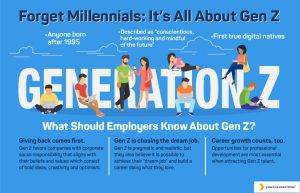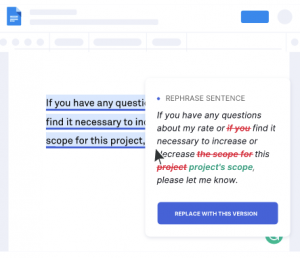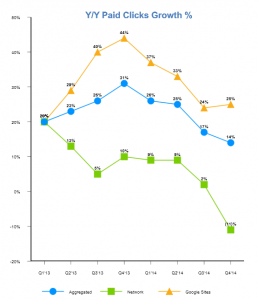 Think of the questions you would ask if someone wanted you to purchase shoes for them online: What size? Where will you wear them? What color?
Think of the questions you would ask if someone wanted you to purchase shoes for them online: What size? Where will you wear them? What color?
A lack of adjectives and factors aside, users would want those results quickly, and scrolling through muck is a waste of time.
This is where Google’s semantic search (via the 2013 Hummingbird update) comes into play. Based mostly on long-tail keyword searches, semantic search identifies how data is related to searched concepts. It deems to discover the context and intent of what the user searches for and what sites will suffice. Long-tail keywords are generally 3+ word searches by users looking for specified info. These lengthier keywords have less competition and pull in qualified traffic since users have supplied more conditions.
Returning to the shoes example: Simply searching “shoes” provides over 834,000,000 results, which is clearly an overwhelming amount of information. First-page results for the query are well-known department stores, online sellers, and a couple news articles. But for a male looking for a pair of running sneakers, pages and pages of women’s high heels or kids’ flip flops are irrelevant.
Semantic search is complemented with long-tail keywords’ addition of particulars. “Mens blue running shoes size 11” is only six words but provides more context for Google to find the most pertinent content. The searcher won’t have to sift through other styles, sizes, or uses, and the results will decrease dramatically. When a user gives a better idea of what he or she wants, engines evaluate those details to give them precisely that.
It’s a given that the more specific a search, the smaller the pool of information that will be provided. Google crawls sites to make sure that posted content fits the context of their site and arranges search results accordingly. This is also assisted by search entities, which is when prior searches help to establish a connection that points out cohesive results. Some factors can include spelling, user location, domain authority, and co-occurrence of terms. (Fill in the blank on “hall and ___” and you’ll see what this means!)
Get a feel for what your customers may be thinking. The most relevant keywords often excel long-tail style, and your business’ day-to-day can provide good suggestions for content.
- Frequently asked questions in-store may be exactly what customers search online: “how to walk comfortably in heels”
- Items you sell the most have proven popularity: “tall black boots”
- Neighborhoods near your business give locational context: “women’s shoes center city”
- Slang can highlight non-technical terms used by some audiences: “skinny high heels”
Semantic search and long-tail keywords take in a few words, formulate a meaning, and spout valued results. Your customers may have an idea of what they want, but your site’s job is to be their resource. Google won’t overwhelm users with formality and overly technical terms all at once with no explanation, so make sure that your content doesn’t either!
To learn more about how search engine optimization can impact your business, download Stream’s free Understanding PPC & SEO ebook here.
Digital & Social Articles on Business 2 Community(116)
Report Post







